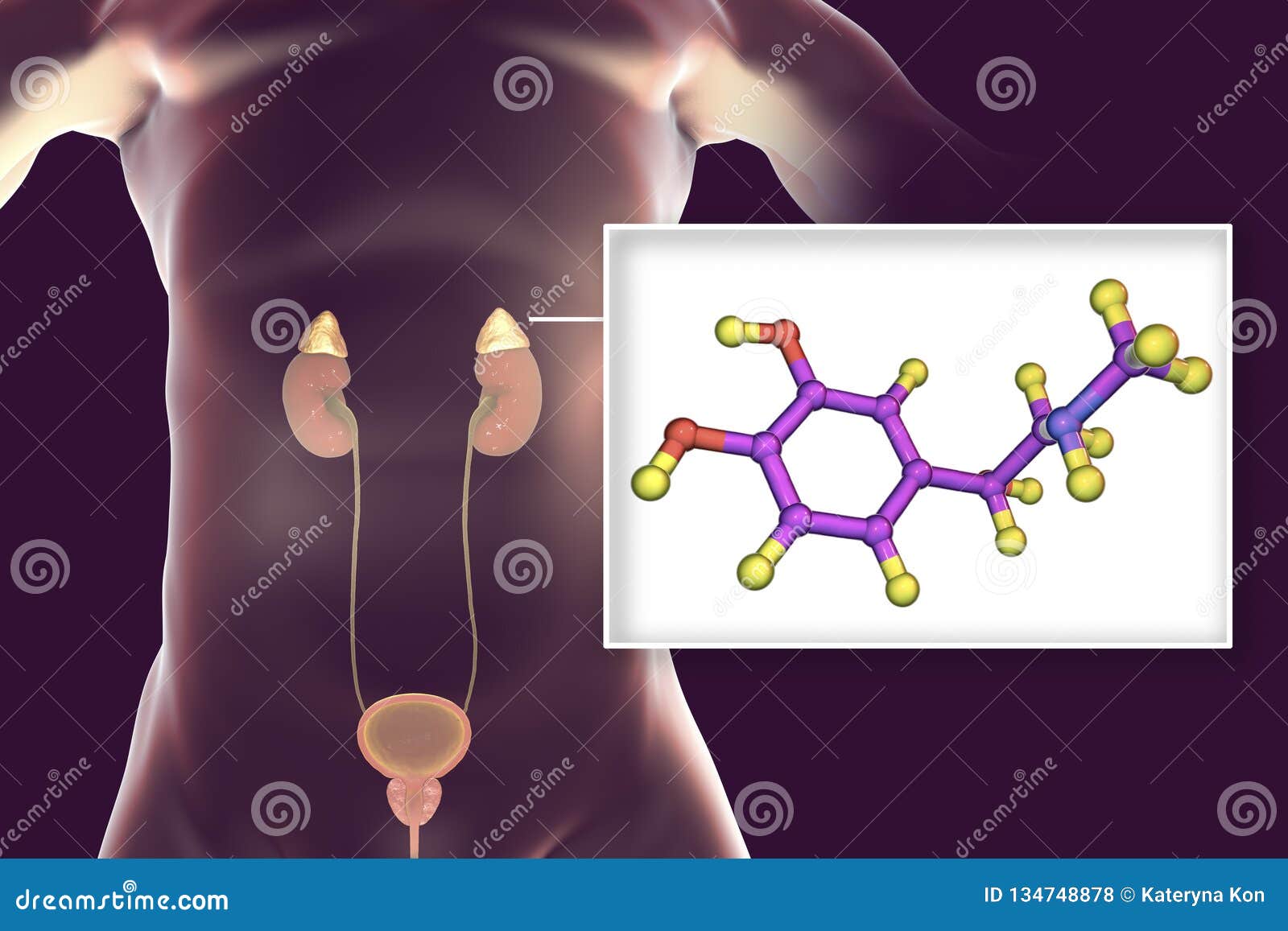

Uses of adrenal steroids Īdrenal steroids such as glucocorticoids and mineralocorticoids are commonly used as treatments in diseases such as Congenital adrenal hyperplasia. On the other hand, the role of cortisone stays relatively constant. This steroid now increases the sodium concentration within the urine, resulting in the loss of electrolytes. In people with healthy or hyperfunctioning adrenal glands, desoxycorticosterone plays a completely different role. This steroid also increases the urine volume as a result of its ability to decrease the retention of water within the kidney.

Cortisone is another steroid that allows the glomeruli to filter the blood more efficiently. By doing this, sodium is reabsorbed and sodium levels increase in the serum while potassium levels decrease. In people with adrenal insufficiency, desoxycorticosterone acts to decrease the sodium concentration in urine while at the same time increasing the potassium concentration. These effects also depend on the functionality of the adrenal glands. Each steroid has a different effect on these levels. The main role of adrenal steroids is to regulate electrolyte and water levels in the kidneys. Adrenal steroids are specifically produced in the adrenal cortex.Īdrenal steroids are distinguished from gonadal steroids, which are steroids that are derived from the gonads and include sex steroids such as progestogens like progesterone, potent androgens like testosterone, and estrogens like estradiol. They include corticosteroids, which consist of glucocorticoids like cortisol and mineralocorticoids like aldosterone, adrenal androgens like dehydroepiandrosterone (DHEA), DHEA sulfate (DHEA-S), and androstenedione (A4), and neurosteroids like DHEA and DHEA-S, as well as pregnenolone and pregnenolone sulfate (P5-S).

Adrenal steroids are steroids that are derived from the adrenal glands.


 0 kommentar(er)
0 kommentar(er)
